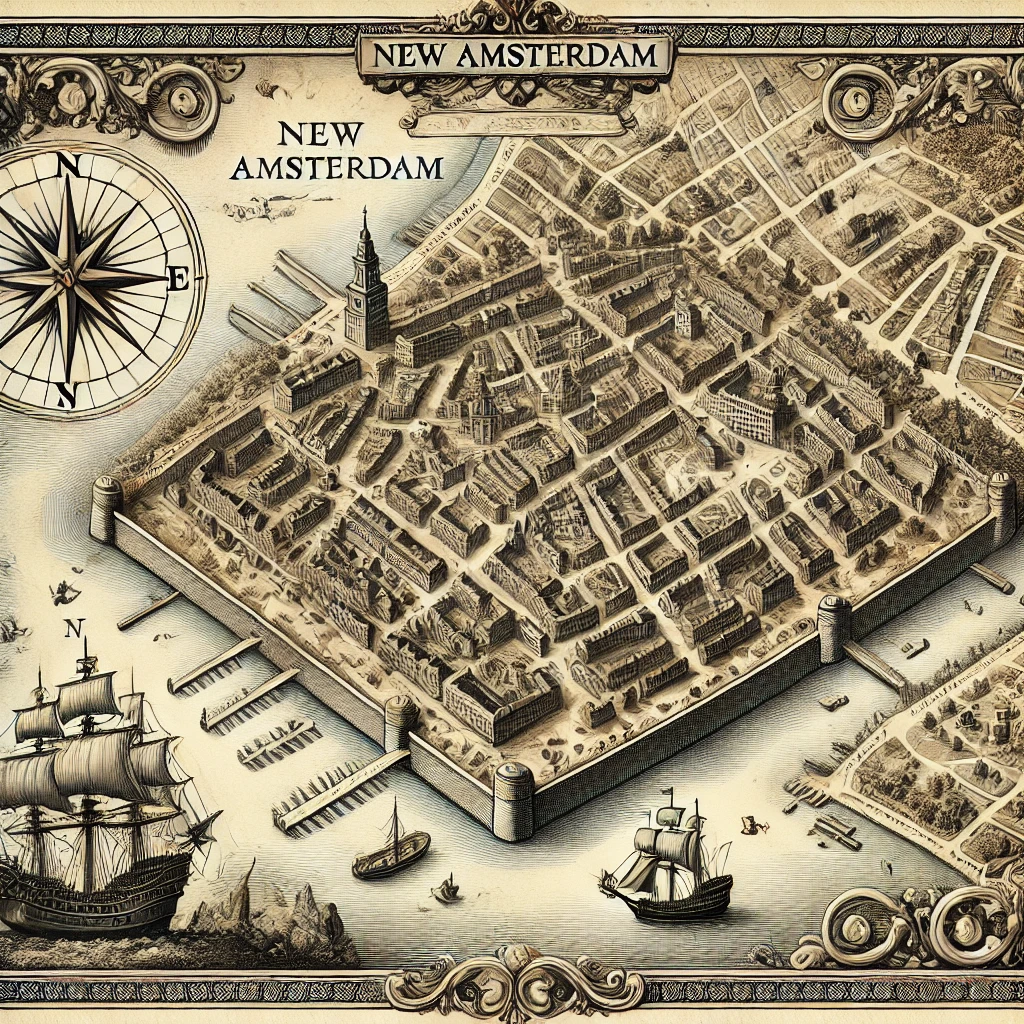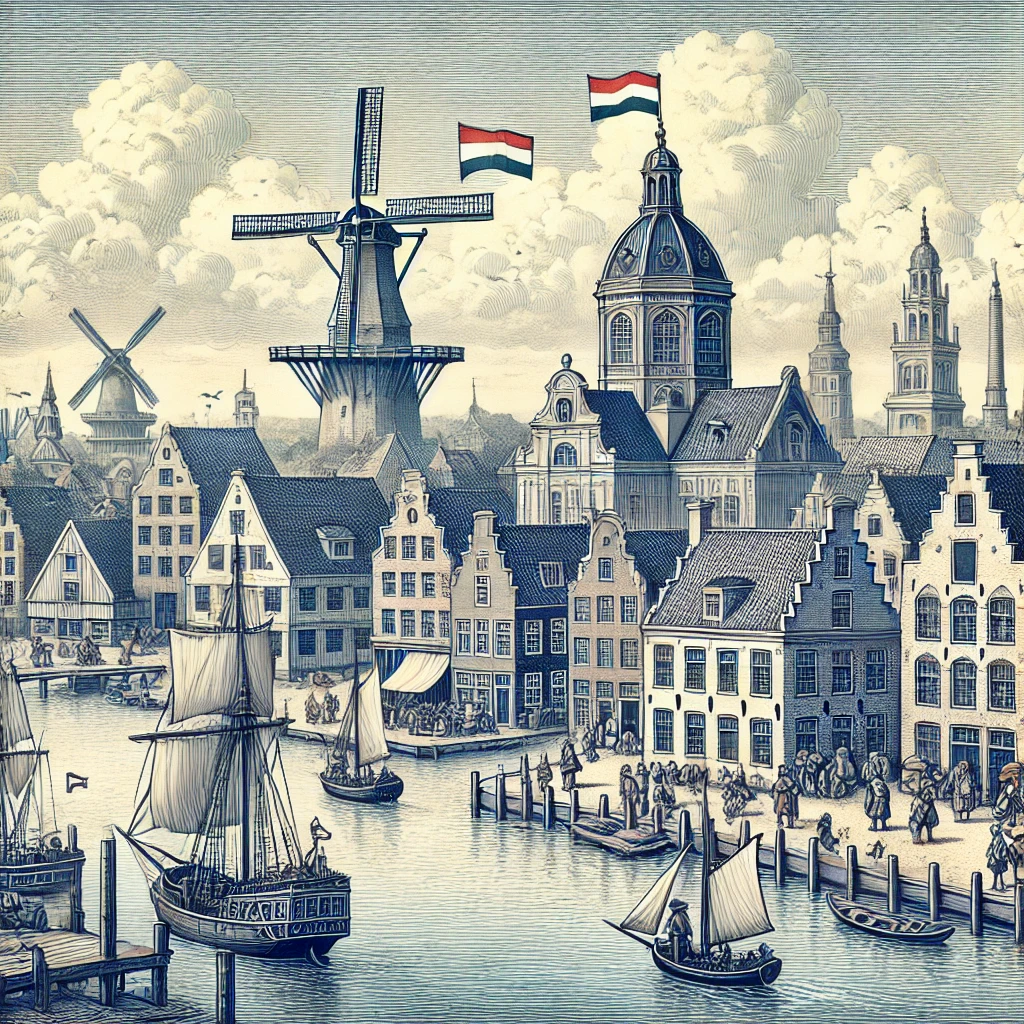On February 2nd, 1653, New Amsterdam, a Dutch colonial town, was officially incorporated. Situated on the southern tip of Manhattan Island, this settlement played a crucial role in the Dutch West India Company’s efforts to control trade in the New World. Though small at the time, its incorporation was a pivotal moment in history, marking the beginning of its transformation into what we now know as New York City.

The Rise of a Dutch Trading Hub
New Amsterdam was founded in 1624 as part of the Dutch colony of New Netherland. The Dutch, driven by commerce, established the settlement primarily for fur trading with Indigenous peoples. By 1626, Peter Minuit had famously purchased Manhattan from the Lenape, setting the stage for rapid growth. The town’s incorporation in 1653 granted it a municipal government, similar to those in the Netherlands, with a court system and town officials to manage its affairs. This gave New Amsterdam a stronger administrative structure, making it an important European outpost in North America.
The town was a melting pot from the start, with Dutch settlers living alongside Germans, Scandinavians, Africans (both free and enslaved), and English traders. Religious tolerance was relatively high compared to other colonies, allowing for a diverse population that would shape the city’s identity in centuries to come. The Dutch also introduced key urban planning concepts, such as a grid-like street layout, some of which influenced the city’s later development.

The English Takeover and Transformation into New York
Despite its prosperity, New Amsterdam was vulnerable to competing European powers. The English, who had been expanding their influence in North America, saw the Dutch settlement as a prime target. In 1664, King Charles II of England granted the land to his brother, the Duke of York. That same year, the English navy arrived, and without much resistance, the Dutch surrendered the city. New Amsterdam was renamed New York, and British rule introduced new laws and governance.
While the name and leadership changed, many Dutch influences persisted. Words like “stoop” (from stoep, meaning a small porch), the iconic Dutch-style gabled roofs, and even the concept of Santa Claus (inspired by the Dutch Sinterklaas) all found their way into New York’s culture. Dutch families such as the Roosevelts remained prominent in the city for generations.
The Lasting Legacy of New Amsterdam

The incorporation of New Amsterdam in 1653 laid the foundation for what would become one of the most important cities in the world. New York grew rapidly under British rule and became a crucial center for trade and finance. By the late 19th and early 20th centuries, it was the primary gateway for millions of immigrants arriving in the United States, further cementing its reputation as a global melting pot.
Today, traces of New Amsterdam still exist in the names of neighborhoods like Harlem (originally “Haarlem”) and Brooklyn (from “Breukelen”). The city’s entrepreneurial spirit and diverse cultural landscape can also be traced back to its Dutch origins. From a small colonial outpost to a global metropolis, New York City’s journey is a testament to resilience, adaptation, and the enduring legacy of its early days as New Amsterdam.
